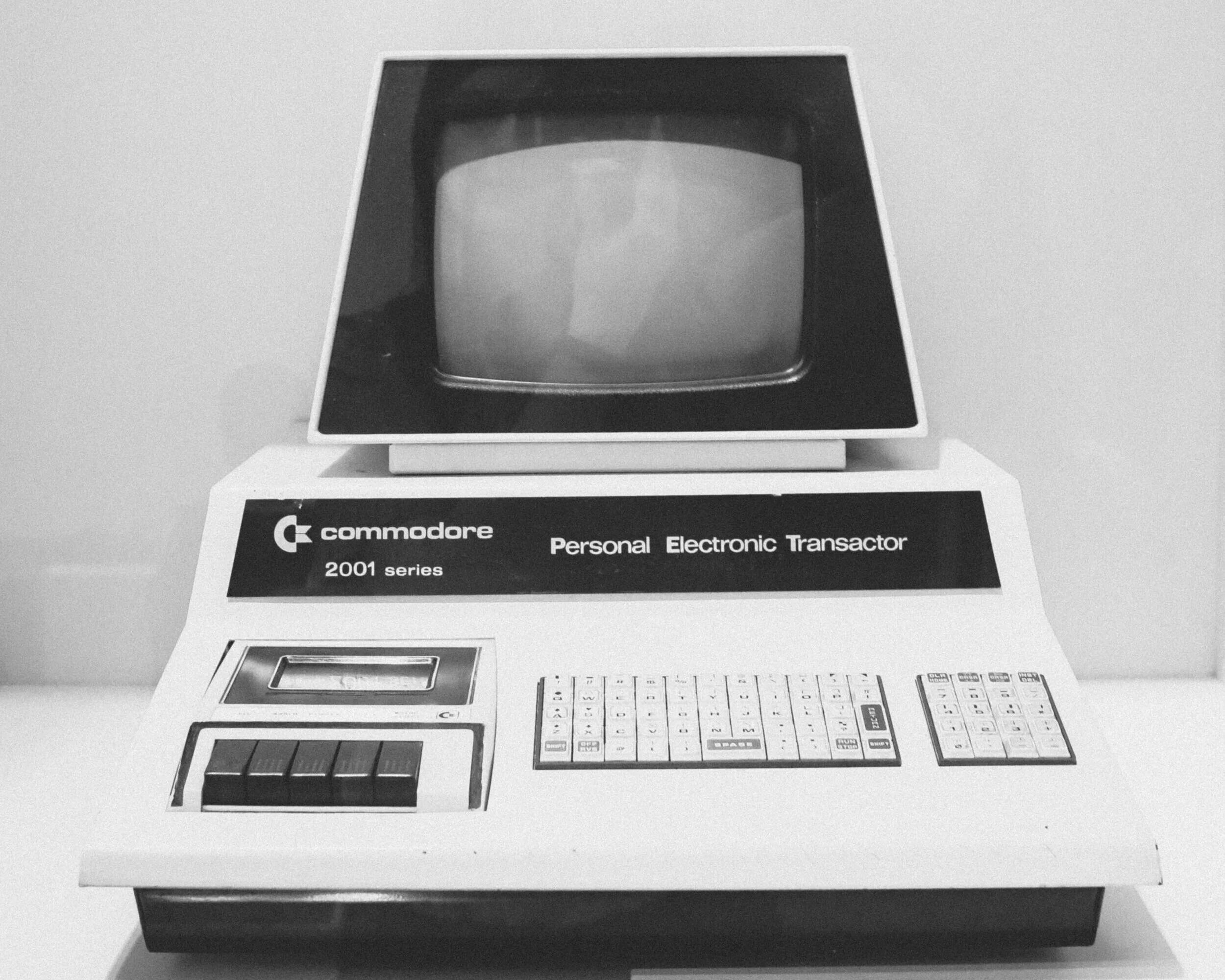TeleMedicine & TeleHealth
What we’ve learned about Telemedicine through the COVID Pandemic:
Dr. Gary Chimes
MD, PhD
Medical Doctor, Physiatrist, Co-Founder Lake Washington Sport & Spine
How Does A Bellevue Physician Pivot with Telemedicine in 2020?
Like most medical practices, our PM&R and Sports Medicine practice has needed to pivot in the wake of the COVID-19 pandemic, starting in March 2020. We have learned some things that are hopefully transferrable to others who manage musculoskeletal injuries, whether it be other physicians, physical therapists, chiropractors, or other clinicians.
First off is the recognition that a broader perspective of “how has clinical care changed during the pandemic” is needed, because the appropriate comparison is between “Telemedicine versus in-person visits in 2020”, rather than “Telemedicine versus in-person visits from the pre-pandemic era.” Truth is, in-person visits have changed significantly since 2020 in many ways that have made the in-person visit feel less connected and intimate. While procedures like wearing masks and avoiding incidental contact like handshakes (or even hugs) reduces the rate of infection (a laudable goal), these changes reduce the sense of connection that is one of the strengths of an in-person visit.
What are the Advantages of TeleMedicine from a physician’s point of view?
Indeed, this has been a surprising strength of Telemedicine. The ability to see a person’s entire face is a standard part of the Telemedicine experience, and that is not true of the in-person visit in 2020-2021. There are other aspects of Telemedicine that, when done well, can improve intimacy and connection. The ability to see into a patient’s home can increase our sense of connection (e.g., seeing the picture of the patient finishing an Ironman triathlon or artwork from their children hanging on the wall).
Another important advantage of seeing a patient at home is that we often get to see the patient’s home office set-up, particularly for patients who are working from home full-time. Many of the injuries we have seen in 2020-2021 are related to the posture of working at a home office, and being able to see the “scene of the crime” in real time is a helpful part of the analytical process.
“Many of the injuries we have seen since 2020 are related to the posture of working at a home office, and being able to see the “scene of the crime” in real time is a helpful part of the analytical process.”
There are a few other advantages to seeing a patient in their home set-up.
These include:
1. The ability for the patient to quickly change clothing if they would be better examined in alternative clothing (e.g., a tank top or shorts)
2. Less stress related to the logistics of the visit (e.g., dealing with traffic on the drive to the visit)
3. Easier interactions with relevant family members (e.g., spouses, parents)
4. Being able to see the actual exercise set-up that the patient uses
We have found that many patients like the convenience of Telemedicine visits, and indeed the COVID pandemic has forced us into implementing a tool that we ideally would have used more frequently years ago.
There are certain aspects of a musculoskeletal assessment that lend themselves very well to Telemedicine. Patient histories tend to flow well, as well or perhaps even better than in-person visits. On Physical Examination, range of motion assessments can be performed reliably
Dr. Chimes Talks about the limitations of Telemedicine
Some aspects of the Physical Examination are unambiguously worse via Telemedicine. There are certain tests that simply cannot be performed virtually – e.g., reflex testing, testing for upper tract signs, or stability tests for ligament injuries. There are other tests that can be approximated, but require the patient to act as both the examiner and patient, including palpatory exam, and provocation tests. With these tests, it is important to remember that the normative standards of how to interpret the reliability and validity of a self-exam are unknown, and when in doubt it would be wise to make sure the patient is seen in person if it is likely to change the course of management
The main limiting factors for successful Telemedicine are technical. We use Doxy.com, which is a secured program designed for Telemedicine. It’s fine, but like all internet-based programs it has some technical glitches, and add yet another cost to “the cost of doing business.” Extra time is required to make sure that patients know how to log in and are ready to trouble shoot the inevitable glitches that arise. These may include dropped connections. One problem we’ve seen with some frequency is distorted sound, which may require the patient and provider to log out and log back in. These glitches do require some patience from both parties.
Some patients simply may not have the set-up at home that allows for a successful Telemedicine visit. Common limitations are a lack of a private space, a lack of reliable WiFi connection, or not having a computer. This is part of the greater class of problem with inequity in distribution of resources, which is of course a greater societal challenge that won’t be solved with Telemedicine. We think it is likely that, over time, some patients will be a better fit for Telemedicine and others may not. We favor allowing diversity in practice-type, so that different practices can cater to patients who have different needs. We feel fortunate that we practice in the center of a technology hub in the United States, and thus we have many patients for whom Telemedicine is a great option.
We have found complacency to be the biggest barrier to successful Telemedicine visits. The convenience that is such a strength of Telemedicine can easily tip over into an inappropriate casualness, both on the part of the clinician and the patient. Some tips we have found to fight the battle of complacency include:
On the patient side – we recommend making sure the patient schedules their appointment with an appropriate buffer of time both before and after the appointment. At least 15 minutes on each side is ideal. While it may be tempting to “fit in” the appointment between other obligations, a successful clinical visit requires the patient to be “fully present” mentally. Spending 15 minutes before the appointment mentally preparing for the visit ahead of time can make a big difference in optimizing the appointment. Additionally, it’s important to still fill out pre-visit paperwork, like insurance forms and clinical intake forms.
On the clinician side, it’s also important to be fully present. It can be tempting to approach the visit purely as an opportunity to socially connect with people you enjoy – we do love our patients! It’s still important to use rigorous differential thinking in working through the patient’s problems.
We have found three communication tips that aid Telemedicine visits:
1. Speak more slowly than feels natural. There is sometimes a small audio lag that can make it easy to talk over one another
2. Encourage patients to use short sentences. It is easy for a patient to gather “conversational momentum”, which can make it challenging for the clinician to ask important clarifying questions. This is amplified if there is a lag in the connection
3. Clarify when you are looking at the patient, and when you are looking at the chart. Encourage patients to use verbal cues (e.g., yes/ no, it hurts in my left shoulder) rather than visual cues, which aids the provider who may be looking at the chart
Overall, we think Telemedicine is an important usage of technology that on balance will improve patient care. There is a short-term value in minimizing exposure while we live through an active pandemic, but the advantages of Telemedicine will persist even when we (hopefully soon) move past the pandemic.







